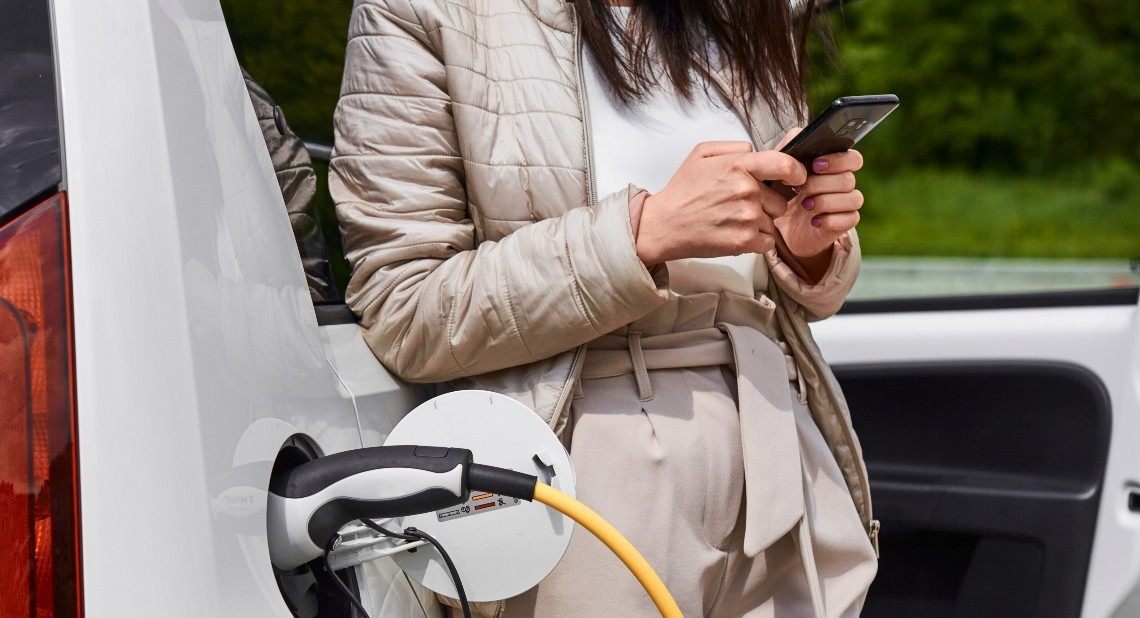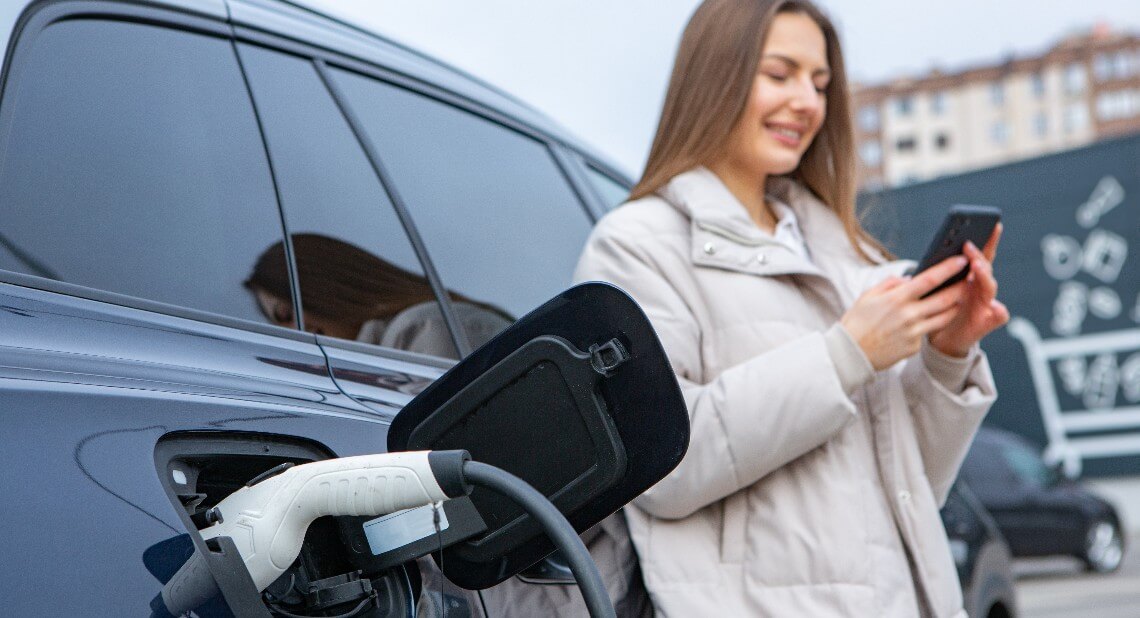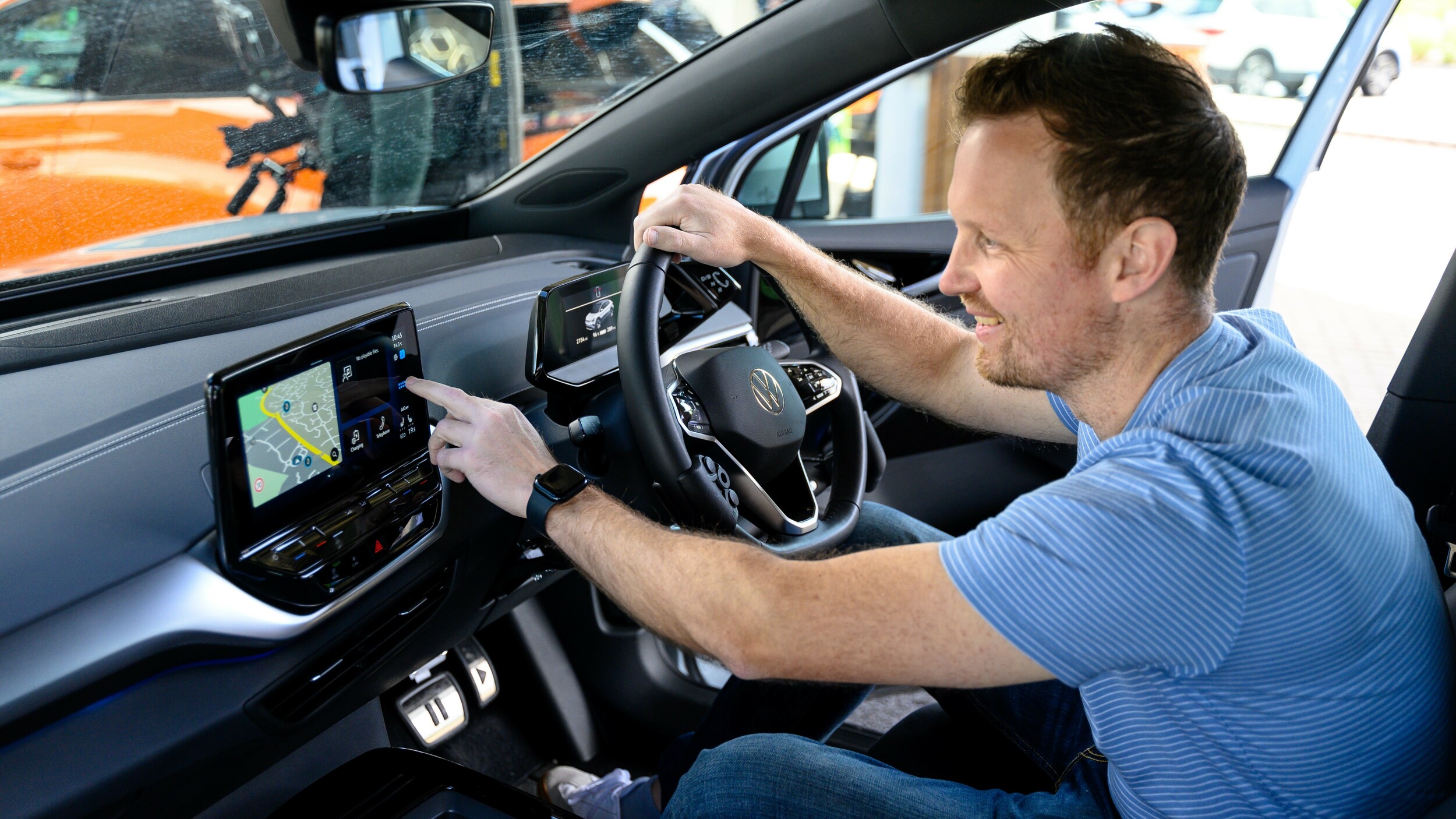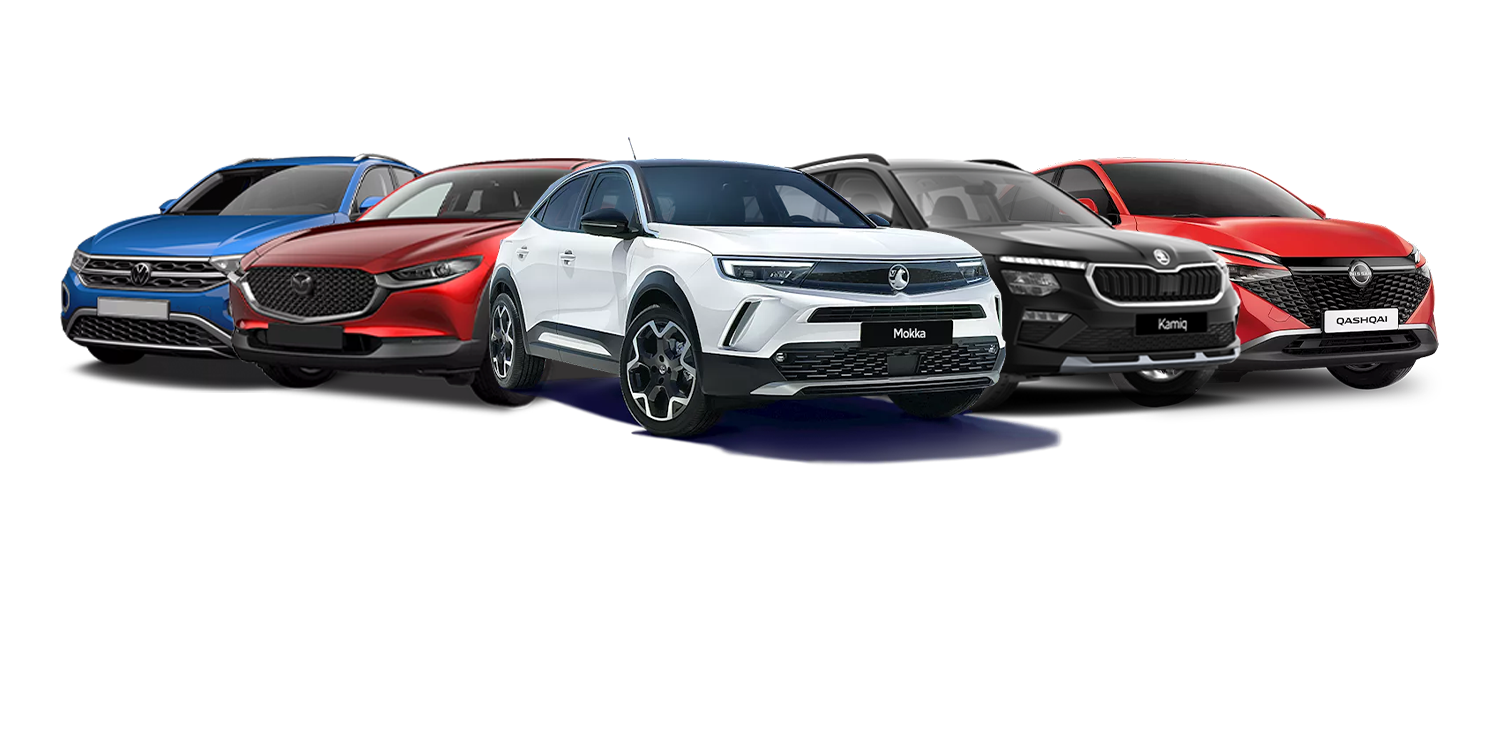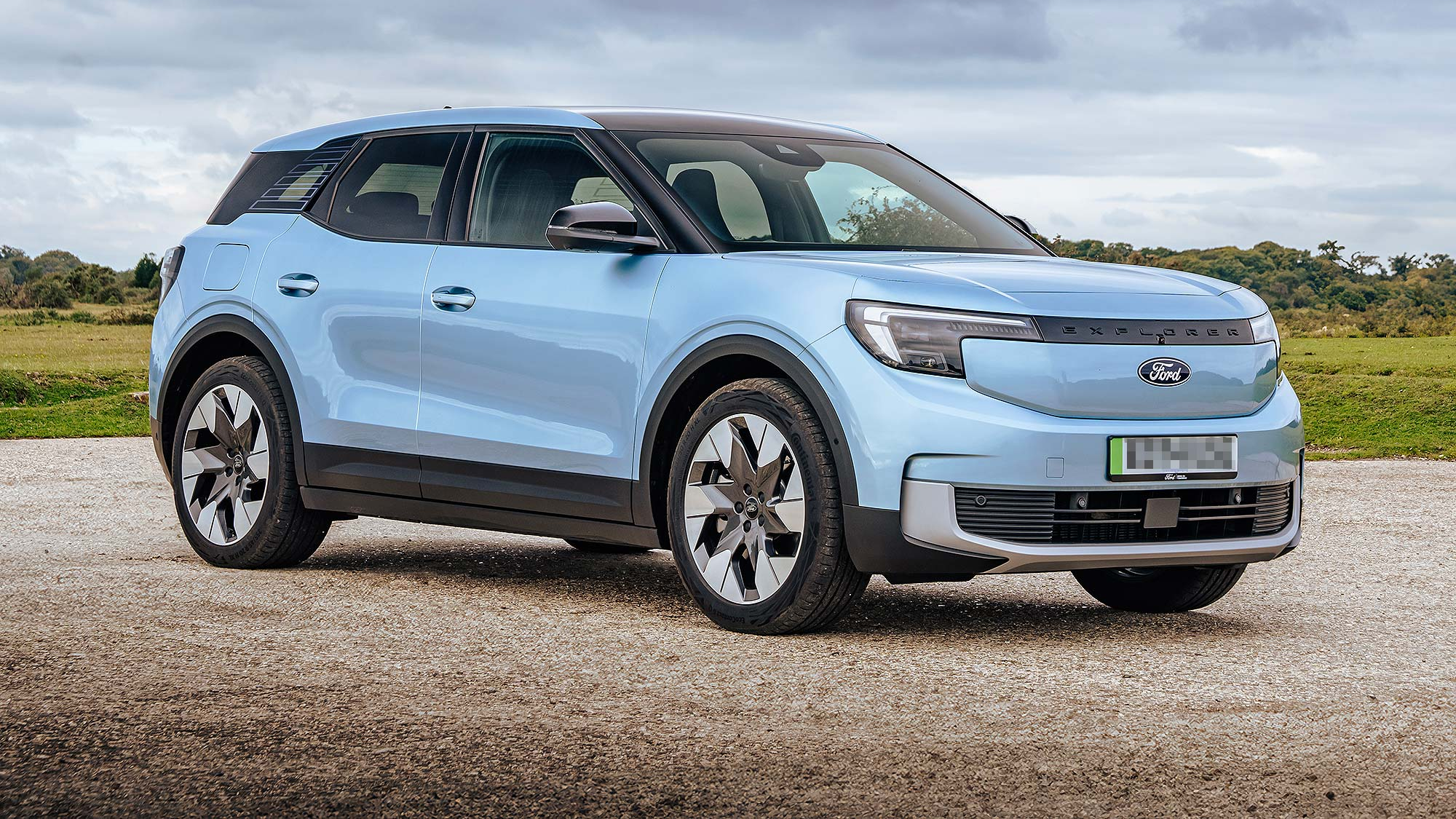If you’re considering an electric vehicle (EV) or have already made the switch, it’s worth reading these top tips for planning a long car journey. They cover advice on route planning, public charging and more.
The technology of electric vehicles is improving quickly and so is the ability to charge them, especially in public. With more people choosing to go electric, it is becoming easier to make longer journeys with confidence.
Planning a journey in advance is always a good idea. With the growing number of long-range EVs available in the UK car market, you can expect to travel between 200 to 300 miles on a single charge in many EVs. But just like with any petrol or diesel car, if you’re driving far, you still need to know where and how you’ll recharge your car along the way.
With the amount of chargepoints growing across the UK, it’s becoming much easier to charge on the go. In March 2024, Zapmap recorded a 47% increase in charging devices since May 2023, giving us access to over 59,000 EV chargepoints in the UK.
Tips for planning a long drive in your electric car
1. Think about your journey time
Understanding your EV’s charging speed will help you plan out how long you’ll need to charge. This is important for planning your journey so you can estimate how long it will add to your journey time.
You can then use this information to decide which charger to use based on how long it will take, so you can factor this in when planning your journey.
Charging your car at different speeds can be helpful depending on where and when you do it. Most chargepoints will fall under one of these categories:
Here’s how to work out how long it roughly takes to charge:
While it’s important to think about time for charging during your journey, there are also a growing number of faster options becoming available. A recent report states that there are now over 11,000 rapid or ultra-rapid charging devices across over 5,000 charging locations in the UK.
The 80/20 rule
Industry experts, including the RAC, suggest it’s better to charge to about 80% to preserve the battery’s health. As with petrol or diesel cars, it’s always good to avoid running out of power, and the common advice is to try to keep the battery above 20%.
Some EVs have a feature that lets you change the amount of power and the speed of charging for the car. You can do this either from the screen inside or an app. This is worth checking when going on a long journey.
Keep in mind that the chargepoint operator and the speed of the charger determine the tariff you pay. A faster charger may have a higher cost, so it’s important to know which networks suit your budget. You can see the tariffs in the Motability Go Charge app when you use it.
2. Tools to help you plan your charging stops
There are lots of apps and websites to help you plan your journey and show you where there are public chargepoints on route to your destination. Some of them allow you to input the type of car you have, so that they can tailor their advice based on the range of your car.
bp pulse
For Scheme customers who do not have access to a home chargepoint, you will receive a subscription to bp pulse. The bp pulse network gives you access to over 9,000 public chargepoints. Some of these will give you better charging rates and some are free. You can also use the map feature in the app to locate bp pulse chargepoints to help you plan your journey.
Zapmap
You can use the Zapmap app for free to find the best locations for you to stop and recharge your car, ideal for planning a long journey.
Find out more about how the Motability Scheme supports you with charging your electric car.
3. Consider the other facilities you need while charging
You should try to match your charging time with your driving break Many chargers are in motorway services where you will have a choice of restaurants and shops. Others might also be close to a shopping centre or high street.
If you need to stay in a hotel or guesthouse overnight, then be sure to check if the charging facilities as well, so you can head off the next day with a full charge.
4. Using motorways for your journey
You will use more fuel in a petrol or diesel car when you drive faster on the motorway. An EV also uses more battery energy at higher speeds. If you would prefer to avoid motorways for this reason, you can use it as a chance to explore a different route.
If you do prefer longer routes with slower speeds, then this is a great opportunity to use energy-saving features, like regenerative braking. This works by making the motor act like a generator when you ease off the accelerator. It converts the car’s motion into electricity, storing it in the battery for later use. This helps your car recover when you slow down and saves energy during your journey.
Regenerative braking is also useful for driving in the city. In city traffic, you brake and accelerate a lot, which can use up a lot of fuel in petrol or diesel cars, but EVs are not as impacted by this.
5. Charging your EV in Europe
The process of charging an EV is the same in Europe as it is in the UK. You will see many charging operators in the UK, like bp pulse, are also in Europe. Plugshare is also a helpful tool when locating chargepoints across Europe.
While your RAC Motability Assist will help you if you run out of charge in the UK, it’s worth adding RAC European Breakdown Cover if you plan to drive abroad. You can do this at no extra cost, when requesting a VE103 (a certificate that allows you to drive your Scheme car in Europe).
Read this article to learn more about driving your Scheme car abroad
Long-range EVs
The driving range of EVs is similar to a petrol or diesel engine. People often think they need a car that can do long journeys on one charge. But most of the time, they only drive short distances each day, meaning the long-range is only needed a couple of times a year.
If you do travel long distances regularly, then it’s worth opting for an EV with a longer range. Most of the time though, it’s easier and generally cheaper to choose a car with the range you need for regular use and just plan in advance for that occasional long trip.
Find out what long-range EVs are available on the Motability Scheme.
About the Scheme
The Motability Scheme makes leasing a car an easy, hassle-free experience. With the Scheme, you can exchange part or all of your qualifying mobility allowance to lease a brand-new vehicle of your choice. Insurance, breakdown assistance, servicing and maintenance are already arranged and included in the price you pay, so you can enjoy the freedom that comes with an all-inclusive package.
Related articles
Why EVs need less maintenance than petrol or diesel cars
What is pre-conditioning for electric cars and why should you do it?
![]()
